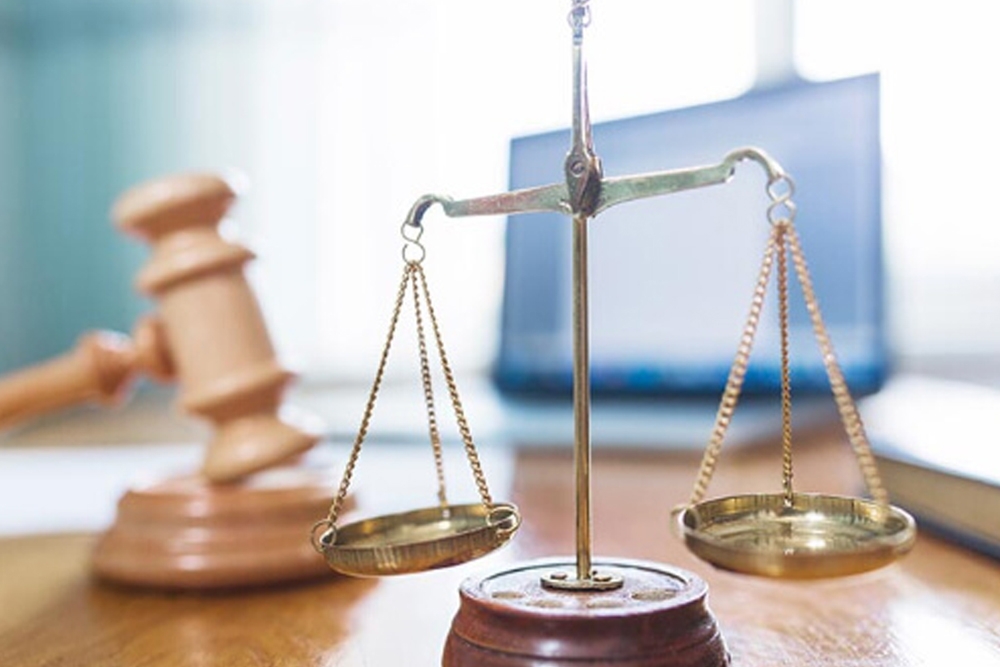Does the Bankruptcy Code Discriminate Against the Self-Employed?

How a self-employed debtor calculates Current Monthly Income (CMI) on the Means Test can determine the applicable commitment period (three or five years) in a Chapter 13 case. For instance, if the debtor deducts ordinary and necessary business expenses before arriving at a net personal income, the CMI will be lower than if business expenses are deducted from the debtor’s disposable income at the end of the Means Test (when disposable income is finally calculated). The end result is the same, but the process itself may compel the debtor to stay in bankruptcy for five instead of three years.
Courts are split on which method to use. Some bankruptcy courts cite the Official Form 22c which directs the debtor to deduct ordinary and necessary business expenses before arriving at a Current Monthly Income. See In re Roman, 2011 WL 5593143 (Bankr. D. Puerto Rico, Nov. 16, 2011); In re Romero, 2013 WL 241742 (Bankr. S.D. Fla. Jan 22, 2013). By using this approach, the Form avoids artificially inflating the debtor’s personal income by counting business expenses as income. The Form 22c approach is highly beneficial to many self-employed debtors.
However, other courts point out that the language on Form 22c is in conflict with Bankruptcy Code Section 1325(b)(2)(B), which states that “the term ‘disposable income’ means current monthly income received by the debtor. . . less amounts reasonably necessary to be expended. . . for the payment of expenditures necessary for the continuation, preservation, and operation of [the debtor’s] business.” In other words, the Bankruptcy Code directs the debtor to add up all income, including gross business receipts, to calculate CMI (which determines the plan length), and then subtract out necessary business expenses to determine the debtor’s “disposable income” (which is the amount used to repay unsecured creditors in a Chapter 13 bankruptcy). See Drummand v. Wiegand (In re Wiegand), 386 B.R. 238 (9th Cir. BAP 2008); In re Bembenek, 2008 WL 2704289 (Bankr. E.D. Wis. July 2, 2008); In re Sharp, 394 B.R. 207 (Bankr. C.D. Ill. 2008); In re Compann, 459 B.R. 478 (Bankr. N.D. Ga. 2010); In re Harkins, 491 B.R. 518 (Bankr. S.D. Ohio 2013).
This issue is not resolved. If you are a small business owner or self-employed individual who needs Chapter 13 bankruptcy relief, speak with an experienced and knowledgeable bankruptcy attorney. Your attorney will know how the accepted position of the bankruptcy court in your area and can help you navigate the Means Test for your benefit.
